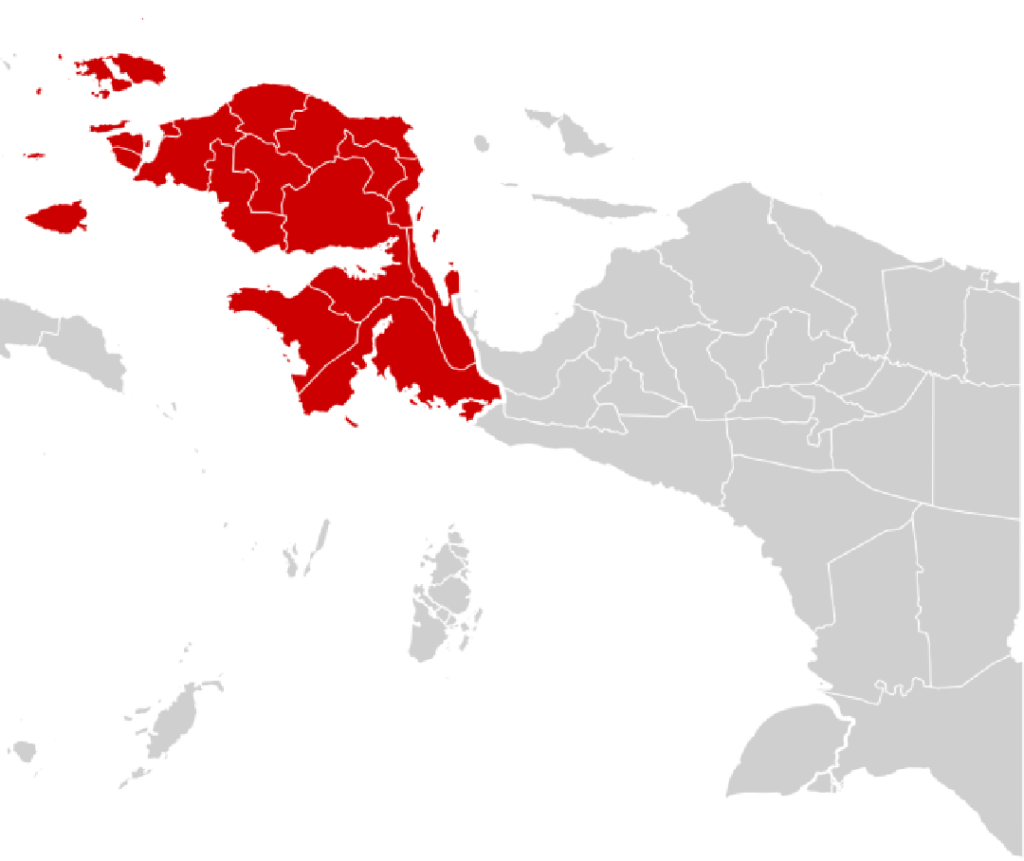Papua, long marginalized in Indonesia’s development narrative, is now taking the lead in one of the country’s most ambitious education reforms: the People’s School (Sekolah Rakyat). The program—spearheaded by the Ministry of Social Affairs and supported by President Prabowo Subianto—is a nationwide initiative to provide free, full-boarding education to children from the country’s poorest families.
While the plan will eventually span the entire archipelago, Papua has emerged as the flagship region, with early implementation already underway across multiple districts including Jayapura, Biak Numfor, Pegunungan Tengah, and Yahukimo. The initiative is part of a long-term strategy to elevate Indonesia’s human capital and fulfill the vision of Indonesia Emas 2045 (Golden Indonesia 2045)—a centennial dream of a just, prosperous, and globally competitive nation.
A Province Long Left Behind, Now Leading the Way
In Papua, where poverty rates are among the highest in the country and education access remains limited, the People’s School offers a new path forward. The provincial government has already allocated over 10 hectares of land to build permanent campuses. In Jayapura, 100 students—most from indigenous and remote communities—have begun their academic journey at a temporary training center provided by the Ministry of Social Affairs.
“Papua is more than ready,” said a provincial education official. “This is our opportunity to give every Papuan child the right to dream and succeed, just like their peers across Indonesia.”
The urgency is clear. Many Papuan children live in mountainous regions where basic schooling is inaccessible. The People’s School addresses this by offering not only academic instruction, but also safe accommodation, nutrition, character-building programs, and life skills training—all free of charge.
Holistic, 24/7 Learning: A New Education Model
The People’s School model is radically different from typical public education. It functions as a 24-hour boarding school, integrating national curriculum standards with additional training in leadership, vocational skills, and civic values. Each campus includes dormitories, classrooms, libraries, sports fields, digital labs, and health services.
But in Papua, it also comes with a local twist. Teachers and administrators are trained to incorporate local wisdom and culture, including indigenous languages and traditions, into everyday learning.
“We want students to thrive academically, but never at the expense of their identity,” said a facilitator in Jayapura. “Education here must reflect the soul of Papua.”
Reaching the Forgotten
The program targets children in the lowest two socioeconomic deciles, as identified through Indonesia’s National Socio-Economic Data System (DTSEN). Many students are orphans, street children, or come from families without stable income or access to infrastructure.
Mama Yohana, a mother from Pegunungan Tengah, sent her teenage son to one of the first campuses. With tears in her eyes, she said: “We used to worry that he would grow up without a future. Now he has a path, a home, and a dream.”
These children—many of whom had never entered a classroom—are now learning to write essays, speak Bahasa Indonesia, recite the national pledge, and use tablets provided by the government. Some dream of becoming teachers, nurses, or even engineers.
Strong Central Support, Local Execution
The People’s School initiative is backed by a multi-ministerial task force, involving the Ministries of Social Affairs, Education, Public Works (PUPR), and Administrative Reform (PANRB). The national government has committed over Rp 2.3 trillion for the pilot phase, with total funding expected to surpass Rp 10 trillion by 2027.
Across Indonesia, 63 campuses have already been established, with 200 planned in total (as of July 2025). Half will be financed through the state budget (APBN), while the remainder will involve public-private partnerships. Papua remains the most advanced in implementation due to its urgent need and committed local leadership.
Admission into the program involves rigorous screening, including socioeconomic verification, academic and psychological tests, and health checks to ensure that resources go to the most deserving.
Hope in the Highlands—and Nationwide
Despite concerns from some education experts about the program being led by the Ministry of Social Affairs rather than the Ministry of Education, the early impact in Papua is undeniable. Observers from Jakarta to Sorong are watching closely to see whether the model can be replicated successfully in other regions.
“This is more than just a school,” said 14-year-old Melki from Yahukimo. “This is where I learn how to build my life—and maybe help build Papua’s future too.”
Conclusion
Papua, once considered Indonesia’s educational frontier, is now the proving ground for one of the nation’s most daring social experiments. The People’s School initiative promises not just to teach, but to transform—offering children who were once left behind a real shot at dignity, opportunity, and success.
If it can thrive in Papua’s valleys and highlands, it can thrive anywhere—and perhaps redefine what inclusive education looks like in Indonesia.People’s School Indonesia


